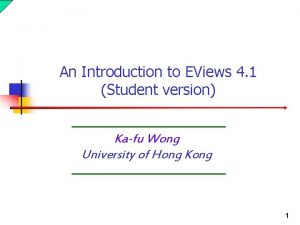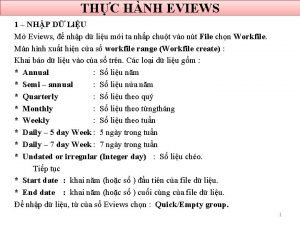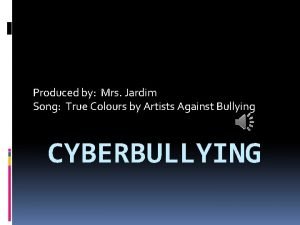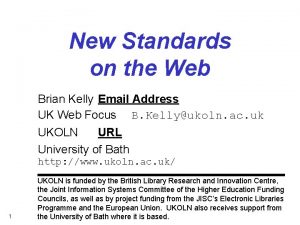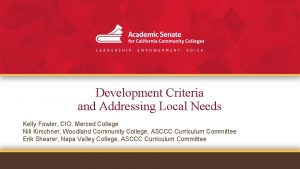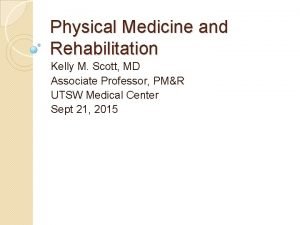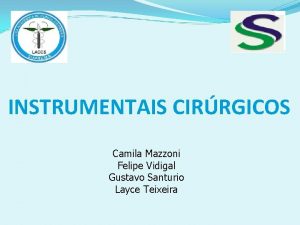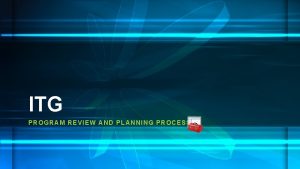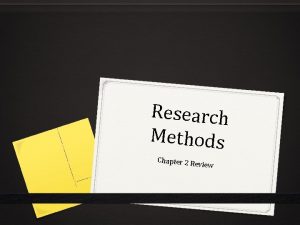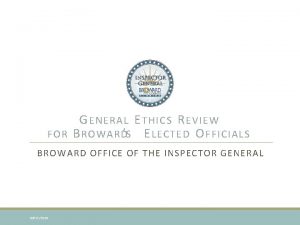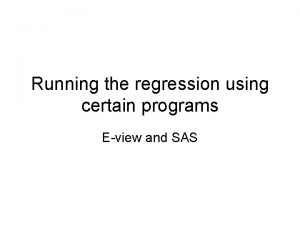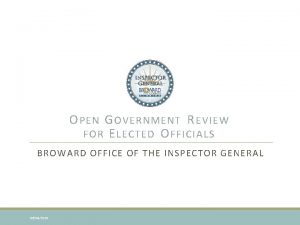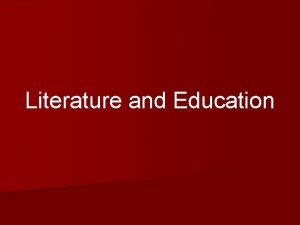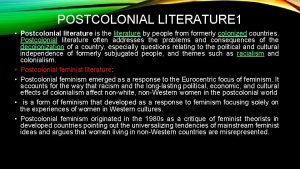W RITINGA LITERATURE R EVIEW Kelly Concannon Ph






















- Slides: 22

W RITINGA LITERATURE R EVIEW Kelly Concannon, Ph. D. Fischler College of Education Summer Institute for Doctoral Students July 12, 2019

Writing a Literature Review This workshop will engage participants in activities designed to help them begin writing their literature reviews. Topics will include: • Narrowing focus, clarifying purpose, organization, summary, and synthesis

prewriting process editing / proofreading rewriting

• Understand your writing and research processes: • How much time do you designate to reading? • How much time do you designate to writing? • What kind of environment do you need?

set blocks of time *

Defining a Literature Review

What is a Literature Review? • As a piece of writing, the literature review must be defined by a guiding concept (e. g. , your research objective, the problem or issue you are discussing, or your argumentative thesis). • The literature review is not a description, but rather is both a summary and an analysis of outside materials • The literature review points to gaps/inconsistencies

Defining Parts of a Literature Review • A Literature Review must do the following things: • Frame an overall point of inquiry/ research question; • Synthesize results into a summary of what is and is not known; • Identify gaps/ disconnects in the literature; and finally, • Formulate questions that need further research

Framing your Point of Inquiry

How do I frame my research? • Narrow your research topic through the following approaches: • • Time Location Population Trends

Synthesis

Locate Relevant Sources: Review your previous work in courses for pertinent materials Engage in conversation with colleagues and scholars in your field Make an appointment with a librarian

Tips for Engaging with Sources: • • • Trace the argument through a map/outline/bulleted list Identify 3 -5 key words from the text Identify methods—what evidence is used? What rhetorical strategies are incorporated? How does the scholar position her/ himself? How does the evidence contribute to the overarching claim?

Summary and Analysis Summary Analysis • Outlines the main argument of the text • Identifies patterns in the text • Provide a 1 sentence thesis • Effectively introduce the text (include pertinent defining information) • Include important data but omit minor points • Omit your ideas, thoughts, personal opinions • Look for the underlying structure of the text • Select elements of the text that are most useful to your work • Narrow your focus • Focus on how, what, and why


organizing materials

Create a System for Keeping your Materials Organized • Identify areas of your text where you agree/disagree, etc. • Identify Trends • Time • Methodologies


Find your Focus • Questions • Gaps • Disconnects

Start Writing

Elements of your Literature Review • Introduction • Outline your Point of Inquiry • Identify the gap in the research that you will be responding to • Establish your rationale for reviewing this literature and how it will be evaluated • Body • Create a summary of each source • Identify topic sentences • Create links amongst sources • Conclusion • Evaluate how these sources contribute to your thinking about the topic • Explicitly identify how your point of inquiry relates to the sources

revise
 Introduction to eviews
Introduction to eviews Ma trận hiệp phương sai trong eview
Ma trận hiệp phương sai trong eview Kelly gallagher deeper reading
Kelly gallagher deeper reading What sees
What sees Suicídio de megan meier suicide of dawn-marie wesley
Suicídio de megan meier suicide of dawn-marie wesley Kellyeom.s
Kellyeom.s Brian kelly email address
Brian kelly email address Dr kelly boyd
Dr kelly boyd Walden iop
Walden iop Vickie kelly
Vickie kelly Kelly kasteel
Kelly kasteel Heamangioma
Heamangioma Curley's wife wants to be an actress quote
Curley's wife wants to be an actress quote Kelly papa
Kelly papa Kelly reidell
Kelly reidell Elements of the story
Elements of the story Kelly king dibble
Kelly king dibble Amsurg chris kelly
Amsurg chris kelly Kelly fowler merced college
Kelly fowler merced college Kelly popp
Kelly popp Kelly scott md
Kelly scott md Kelly gallagher article of the week
Kelly gallagher article of the week Mesa cirurgica instrumentação
Mesa cirurgica instrumentação
